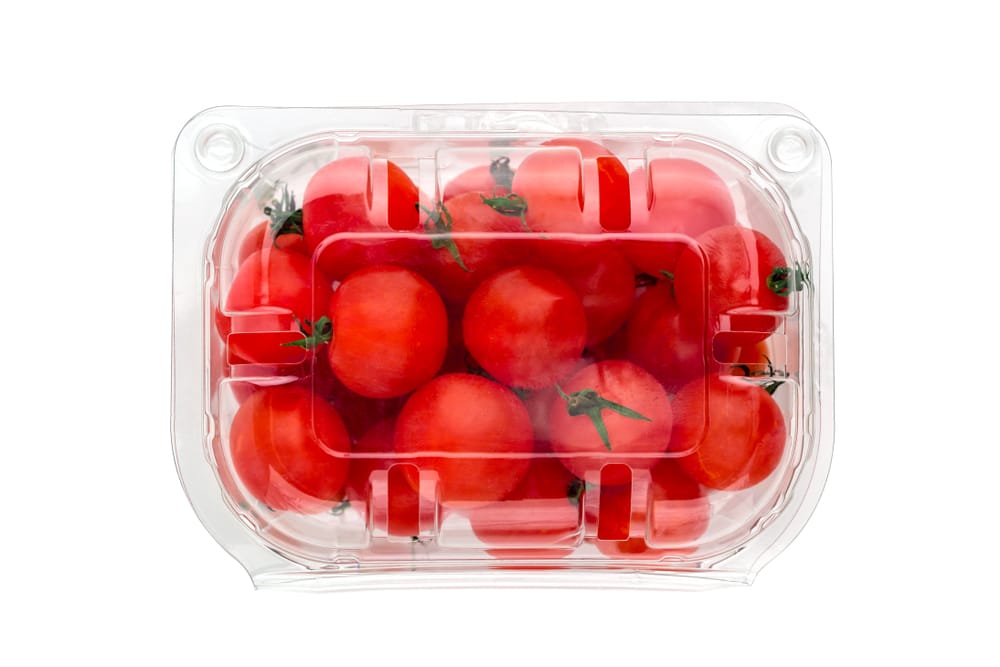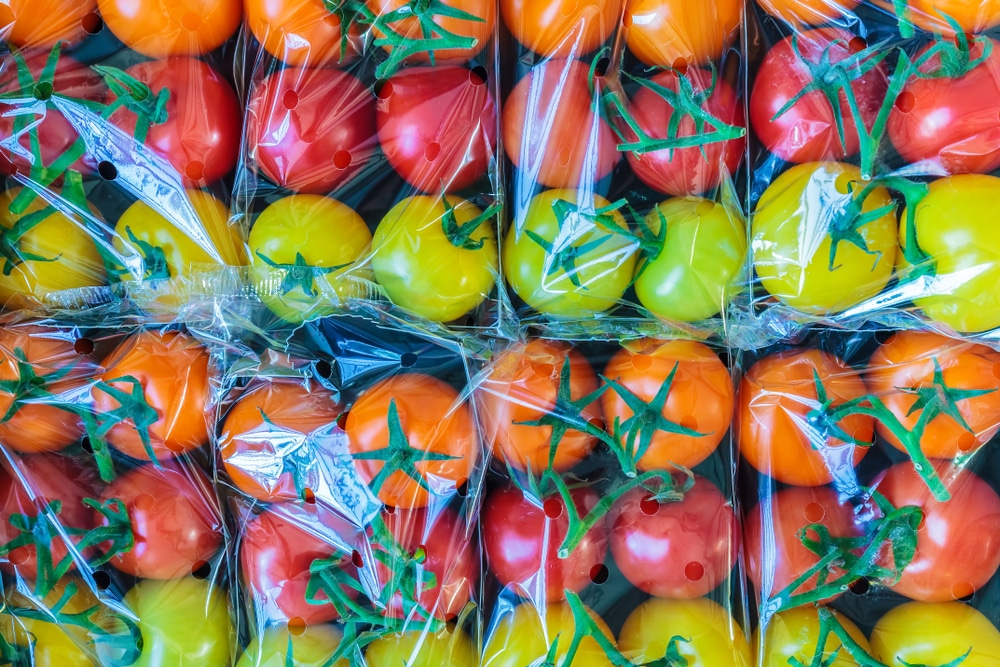
Tomatoes are a staple in every household, irrespective of which cuisine you like to enjoy. For this reason, many people purchase fresh tomatoes in bulk and store them for easier access.
However, tomatoes tend to be sensitive, which is why they get spoiled pretty quickly if proper storage methods aren’t followed.
Having said that, if you have sliced the tomatoes and there are green sprouts inside the tomatoes, you must be wondering what they are. So, let’s check out the full guide about tomatoes and green sprouts!
What Are Green Sprouts Inside Tomato?
There are various reasons behind the development of green sprouts in tomatoes and the most common reason is vivipary. It happens with overripe tomatoes when their seeds reach the maturity stage.
As the seeds start to mature, the amount of ABA, commonly known as abscisic acid is reduced. As a result, the seed dormancy slows down. The seeds turn green because they cannot dry out because of the moist environment in tomatoes.
Some of the most common reasons behind green sprouts are longer storage periods with temperature below 55 degrees Fahrenheit, potassium deficiency, and over-fertilization with nitrogen-based fertilizers.
If there are green sprouts in tomatoes, you can consume the tomatoes without any health risks. However, if the tomatoes are squishy or have spots and a fuzzy texture, they should be avoided.
That’s because such spots and squishiness incur when the tomatoes are infected with a pathogen. So, consuming such tomatoes will make you sick.
The easiest way of preventing the green sprouts is ensuring proper storage of tomatoes at room temperature and preventing exposure to direct sunlight.
Signs Of Rotten Or Spoiled Tomatoes
In most cases, tomatoes with green sprouts can be consumed as long as there is no fuzziness and spots on the tomatoes. However, there are some signs that you’ve to look for before consuming tomatoes!
- Color
First of all, you have to check the exterior of tomatoes because the tomatoes should be solid red – the solid red color indicates healthy tomatoes.
On the other hand, if the tomatoes have some discoloration, it’s recommended that you discard the tomatoes and purchase fresh ones.
- Cracks
The fresh tomatoes have a waxy and smooth skin – it’s strong enough to protect the tomatoes from pressure and other stress factors.
However, if there are some cracks on the tomatoes and you see mold spots, the tomatoes have been compromised and shouldn’t be consumed.
- Texture
Fresh and healthy tomatoes have a firm texture, even with high water content. However, if the tomatoes are squishy, you should discard them.
In addition to this, you should press a finger on the tomatoes and if it leaves fingerprints, the tomatoes are too safe to be consumed. Lastly, if squeezing the tomatoes results in water leakage, discard them.
On the other hand, if you want to check the internal texture, the tomatoes must be juicy rather than slimy – tomatoes with a slimy interior must be replaced. In addition, the interior shouldn’t have a foul odor either.
- Smell
The tomatoes are known for their fresh and bright aroma. So, if the tomatoes have a foul and bitter aroma, we recommend that you discard such tomatoes.
In most cases, the tomatoes develop such a foul and putrid smell closer to the stem, so take a sniff and discard the tomatoes accordingly.
Storing The Tomatoes
The tomatoes can be sensitive, which is why proper storage is essential to prevent foul odor, mold, slimy and squishy texture, and green sprout development.
If the tomatoes aren’t ripe yet, they should be stored on the countertop for a few days until they are fully ripened. Once the tomatoes are ripe, you can put them in the refrigerator for longer storage or use them.
The ripe tomatoes can be stored in the refrigerator for over two weeks but there are other methods of storing the tomatoes, such as;
- Using Refrigerator
The tomatoes can be stored in the refrigerator but you have to be considerate about the tomatoes’ ripeness. That’s because refrigeration can interfere with the ripening process, leaving them mealy and green.
In addition, putting the unripe tomatoes in the refrigerator will result in a loss of flavor. On the other hand, if the tomatoes are overripe, you can refrigerate them to prevent spoilage.
However, the overripe tomatoes can be used for the preparation of chutneys, sauces, and relishes.
- Using Plastic Wrap
Ideally, you should store the tomatoes in the whole form to ensure proper storage because the skin can protect the flesh. However, if you have cut the tomato slices, you can use plastic wrap.
The plastic wrap can be used to wrap the sliced tomatoes and make sure the wrapping is tight. This will ensure that the tomato slices remain fresh for a few days.
In addition to using plastic wrap, you can also store the wrapped slices in an airtight container and put them in the refrigerator. The experts recommend eating these tomato slices within three days.
However, it’s recommended that you wrap only one side of the sliced tomatoes to make sure it’s not suffocated because the moisture of slices can cause mold if there is no airflow.
- Using Freezer
The long-term storage method is freezing the tomatoes. For this purpose, you have to rinse the tomatoes, dry them, remove the stems, and use a freezer-proof bag or container to freeze the tomatoes.
It will keep the tomatoes fresh for two to three months.
Thawing & Using The Frozen Tomatoes
There are various options for using frozen tomatoes. First of all, you can use them in recipes where tomatoes have to be cooked or use them to replace canned tomatoes.
To defrost or thaw the tomatoes, you can put them in the refrigerator overnight or put them under warm water for a few minutes. In addition, you can put them at room temperature and they will be ready for use within an hour.
On the other hand, if you want to cook with frozen tomatoes, just toss them into the sauce or gravy that you’re cooking and heat will defrost the tomatoes.




